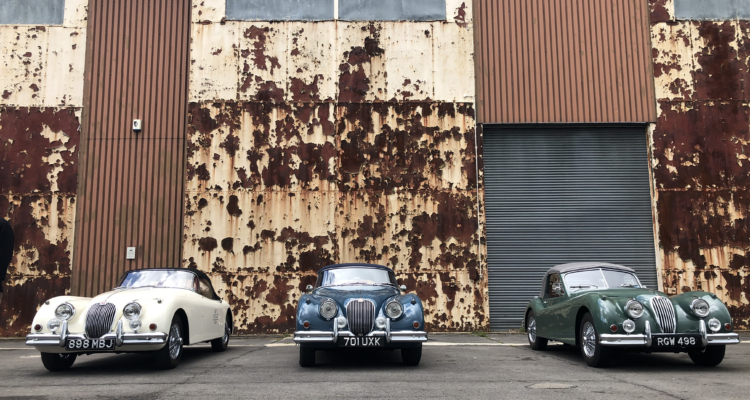What Could Have Been – The DeLorean Motor Company
Revolutionary design, bold business goals, a Hollywood franchise, a drug bust, entrapment and gullwing doors. The story of the DeLorean Motor Company had it all.
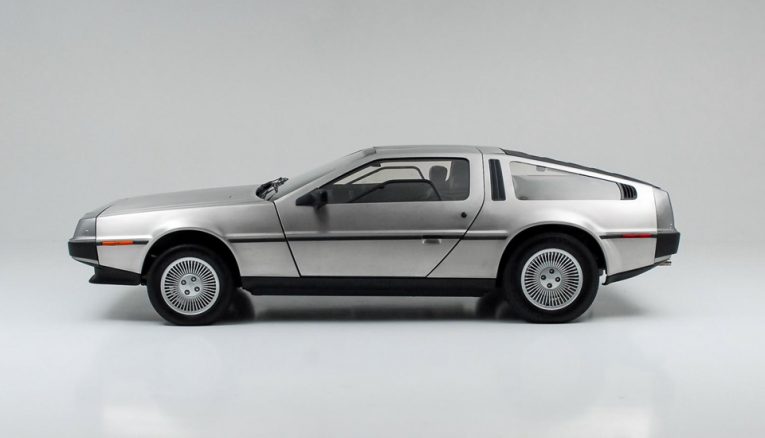
John Zachery DeLorean was a deeply fascinating man. It’s easy to hear the DeLorean name and think of nothing more than a time machine and international scandal, but there is so much more to it than that. The DeLorean Motor Company wasn’t a ‘have a go’ venture for John DeLorean. It was his chance to branch out and show the world what a car company could be when it focused on the product, rather than the corporate image that he so hated. DeLorean was a remarkable man and also a remarkable company. But more than that, both were and should still be a great source of inspiration.
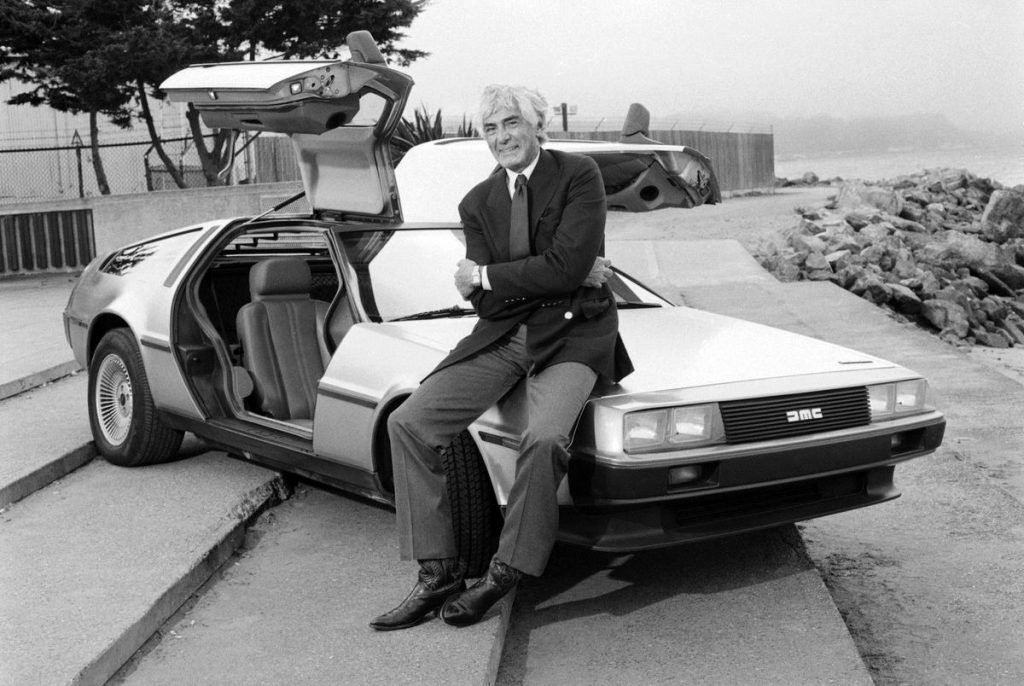
Born in Detroit in 1925, John DeLorean was son to a Romanian father and Austrian mother. Both were hard workers, doing whatever they could to make ends meet. This shaped DeLorean as he grew, always understanding the importance of hard to work. He demonstrated this in school, taking interest and eventually excelling in industrial engineering. However, in 1943 his academic path was halted by World War II, during which DeLorean served for three years before receiving an honourable discharge.

Growing up in the ‘motor city’ of Detroit, you could be forgiven for assuming that he went straight into the industry. He didn’t though. Instead, when faced with seeing his family struggling financially after he returned from the war, he sought work in a bid to better their situation. Only after he addressed that did he return to his studies. John DeLorean put others first.
He worked part-time for Chrysler and also at a local body-shop, while also going through higher education. In 1948 he had a bachelor’s degree in industrial engineering. But even then, he didn’t go into the motor industry. He actually sold insurance, and he was very good at it indeed. Despite making good money, he wasn’t motivated by the work, so sought something else.
This is where many think he just upped and started the DeLorean Motor Company. We’re not quite there yet, as DeLorean would have to leave his mark on Detroit before he focused on his vision in stainless steel. However, to do so he would need more qualifications. This came through Chrysler and its post-graduate Chrysler Institute of Engineering. Think of it as an advanced apprenticeship. It gave DeLorean the chance to gain real-world experience while also furthering his academic standings. And that he did. In 1952 he left the institute with a master’s degree in automotive engineering.
After qualifying, DeLorean stayed with Chrysler for a little under 12 months before moving on to Packard. After the war, Packard was a struggling business. Other manufacturers were moving forward with cars that better suited the American consumer. Packard, however, was staunch in its belief that high value, high quality cars were needed. This outlook suited DeLorean, who had an exceptionally keen eye for detail. Packard agreed, eventually promoting him to head of research and development. However, as the company began to fail, he was left pondering his future. Packard merged with Studebaker, and there was an option for DeLorean to continue there. However, it was an offer from General Motors that brought about the next step of DeLorean’s career.
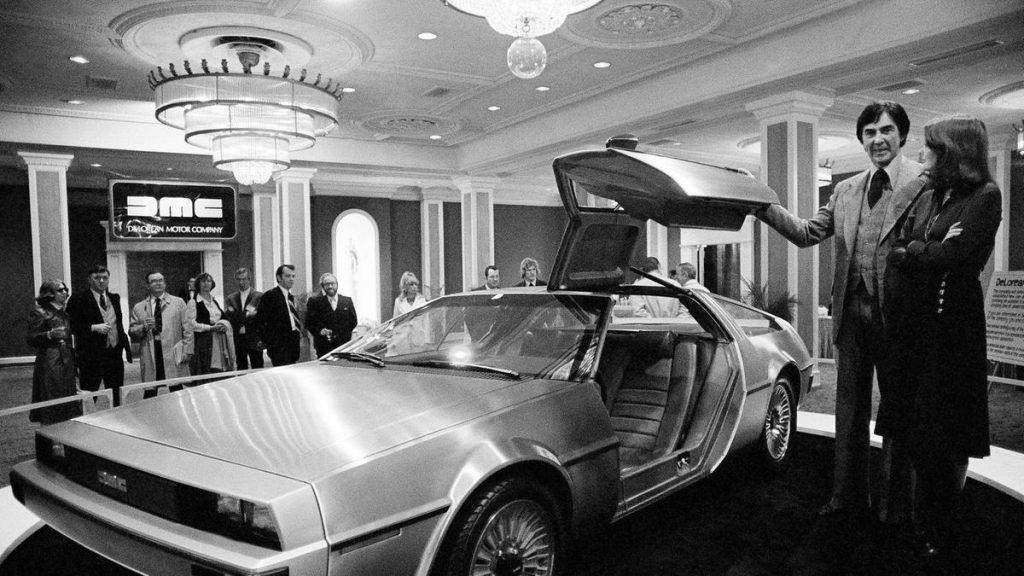
It was here, working on the Pontiac brand that DeLorean really showed what he could do. He was responsible for the iconic Pontiac GTO, arguably the first true muscle car. DeLorean had the concept, he worked on the design and he also had a significant role in the car’s marketing. The GTO’s success saw to it that DeLorean was promoted to the head of the Pontiac division. By this point, he was 40 and with it, the youngest ever department head.
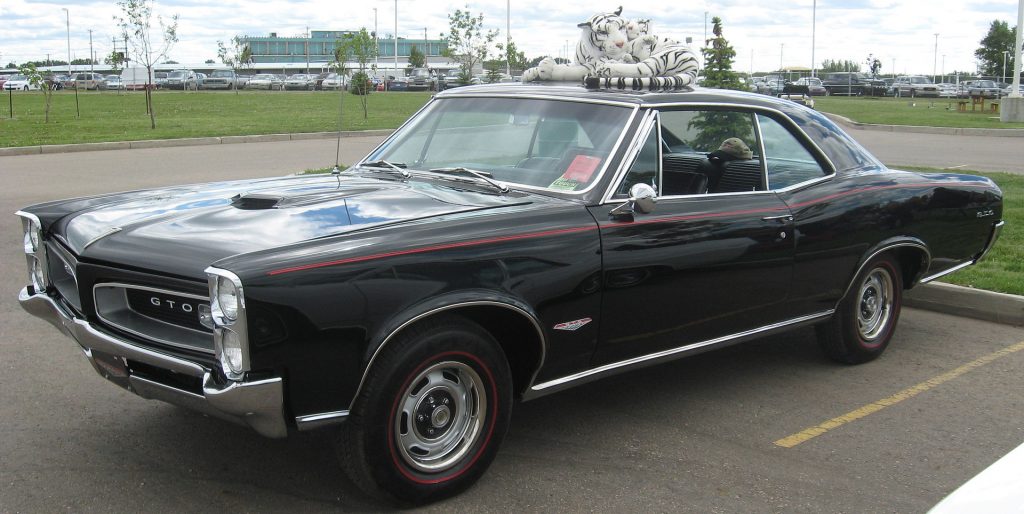
Over the years his reputation for bold thinking and outstanding results grew. He went on to Chevrolet (another GM brand) and refined not only the cars, but also the quality and the production of them. His methods were often criticised – deliberately delaying production of the Camaro, for example – but the results spoke for themselves. John DeLorean made GM a lot of money. Yet despite this, he wasn’t entirely welcome. He didn’t fit into the corporate mould. DeLorean was a loud, exciting character with his sideburns, open shirts and celebrity friends. He wasn’t the executive GM wanted, despite his impressive work.
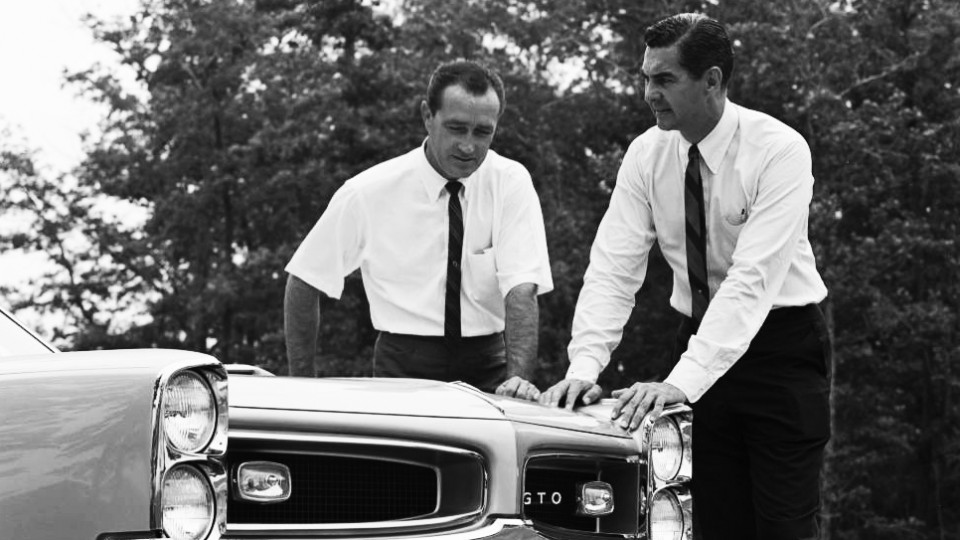
Having made millions, DeLorean left GM in 1973 and in 1975 formed the DeLorean Motor Company. It would be the embodiment of his vision, and there he would be able to operate without constraint or unnecessary ‘image’ expectations. He was a big name in the motor industry. Hell, he was a big name in popular culture thanks to his celebrity ties, and all well before the mention of a flux capacitor. The DeLorean Motor Company was John DeLorean’s time to shine. Or at least it should have been.
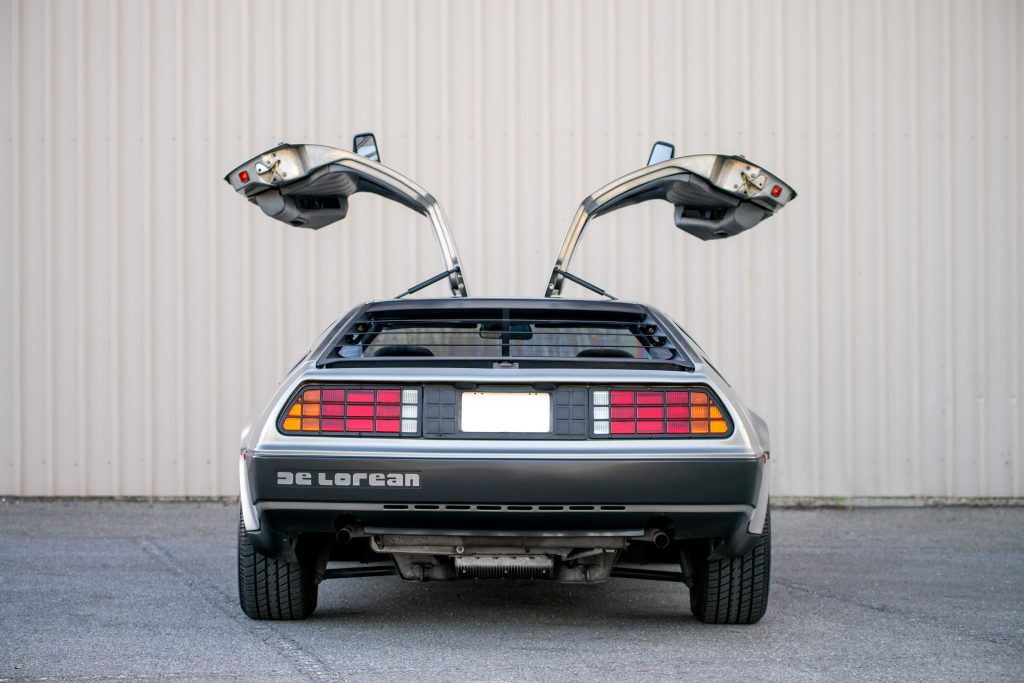
While a wealthy man, there was no way DeLorean could pull an entire car company from the contents of his wallet. As such, he sought investment. It came from The Bank of America and, owing to his pop culture lifestyle, celebrities such as Jonny Carson and Sammy Davis Jnr. We’re really not making this up. These investments were needed, but they by no means made up the $200,000,000 required. The bulk of that came from the British Government, $120,000,000 in fact.
DeLorean was about to sign a deal to have the new DMC factory built in Puerto Rico after being told no by the Irish Government. However, a last-minute deal came through, allowing DeLorean to build his cars in Northern Ireland, where unemployment figures were high. The lure of a car company was too much for Northern Ireland’s Industrial Development Board and our Government to pass up. Such a project would have obvious positive implications for both communities and of course, the local economy. The deal, however, didn’t sit well with the Tories, but fighting it seemed unwise. This new company offered a glimmer of hope to a turbulent Northern Ireland. So, in 1978, soil was broken and construction of a six-building, 660,000sq ft factory – complete with banked test track à la Brooklands – began. It took just sixteen months to build.
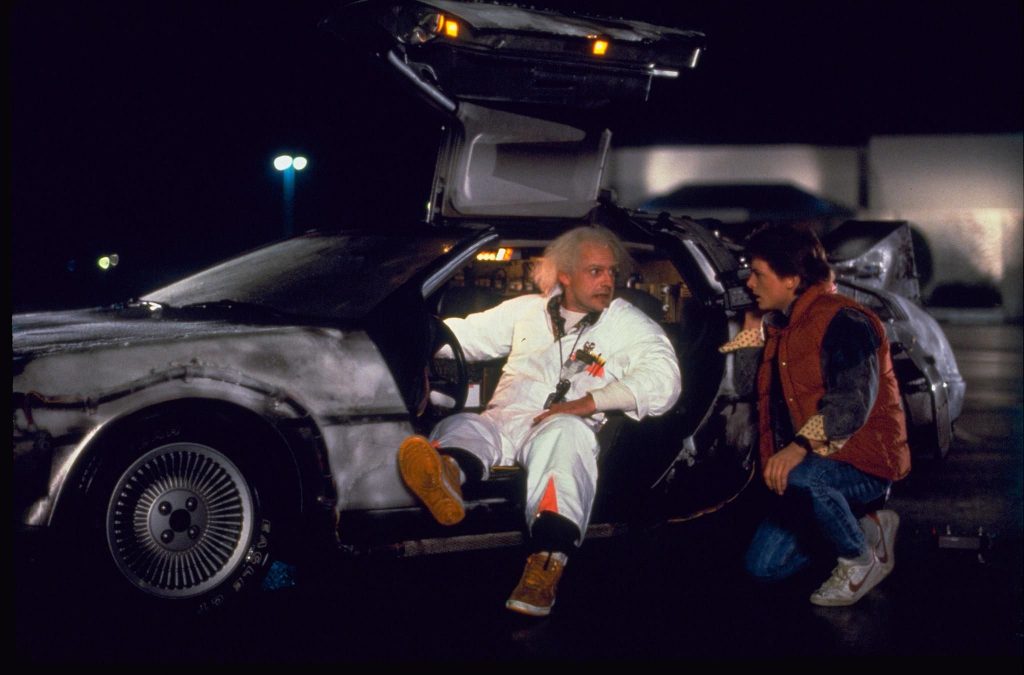
The plan was to start building cars in 1979, but various issues with funding and engineering meant it didn’t actually begin until 1981. That’s when the world got its first proper look at the DeLorean. It was brash, it was bold and it was like nothing else ever seen. It had the motoring world up in arms. Nobody knew what to make of it. Of course, a concept has been seen in the late ‘70s, but nobody thought the production car would look anything like it. They were wrong.
The body was stainless steel, the doors were gullwing, the engine was in the back and they were all – every single one – the same. The only option available to customers was that of a manual or automatic transmission. That was it. Everything else was the same on one car as it was to the next.
The DMC 12 was a mixed bag of a machine. The 2.8 V6 engine was of PRV (Peugeot/Renault/Volvo) origin, the chassis was of a central spine construction much like a Lotus (which we’ll get to later) and the gearbox and transaxle came from a Renault 30. The car was also nothing more than a slight update of a very rough and ready prototype built in the late ‘70s. Before production began, it needed to be revised.
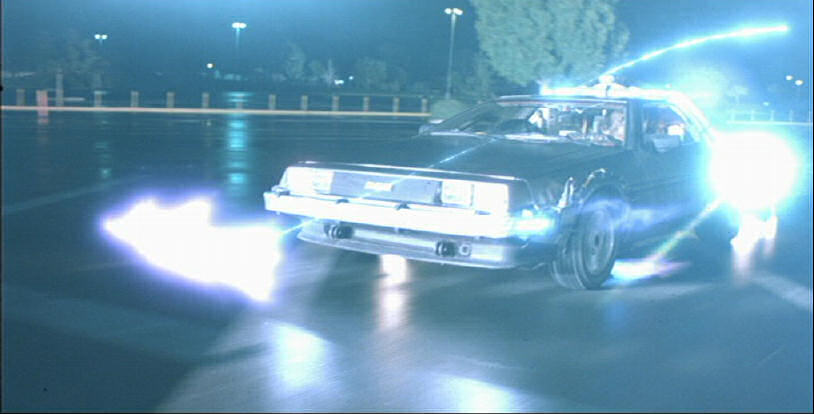
DeLorean’s lead engineer, Bill Collins (with whom DeLorean had worked at Pontiac) approached BMW and Porsche, but the cost was too great. In the end, it was down to Lotus to make the DeLorean work. It was a huge task for the Norfolk-based sports car manufacturer, especially given the unusual nature of the car, but they did what they could using over half the workforce in the process.
Lotus completely changed the car from Collins’ original design, much to his frustration. In fact, so appalled was he by the alterations, he left DMC and was replaced by Mike Loasby from Aston Martin. Meanwhile, Lotus employed a lot of features form the Esprit. The most notable being the two-piece fibreglass ‘under’ body on which the stainless steel panels would sit, though this approach also brought about the inclusion of a steel backbone frame to offer some rigidity.
When the assembly lines did start rolling, the car was better, but not great. It was anything but fast with a mere 130bhp and top speed of 110mph. 0-60mph was achieved in 8.8 seconds with a manual transmission, or a crawling 10.5 seconds with automatic gears.
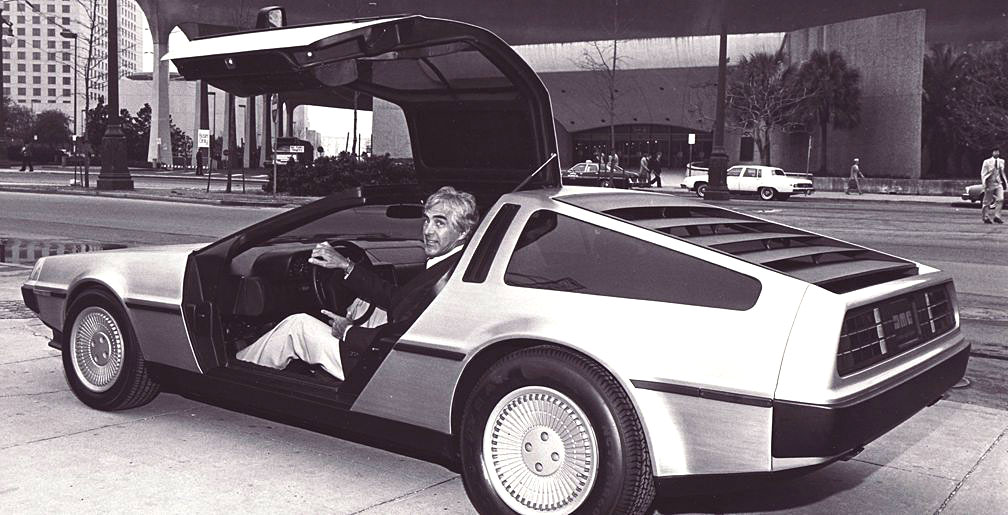
It wasn’t a good start, and things only got worse. The cars were being built by unskilled staff. In fact, many of them had never had a job at all, yet they suddenly found themselves bolting DeLoreans together. John DeLorean implemented a number of quality control measures, both at the factory and also at supplying dealers, but it simply wasn’t enough. The car wasn’t well received. It was slow, it was of questionable quality and it was also, at $25,000, expensive compared to other brands.
DeLorean needed to make 10-12,000 cars to break even. However, only around 6,000 were sold. The company was restructured in a bid to secure its future, but the inescapable truth was that it needed more money. Once again, DeLorean approached the British Government, only to be denied this time. Unless, of course, he could match the figure he wanted from the Government’s from one or more other parties.
That’s where things went from bad to worse. In 1982, John DeLorean, so desperate to save his floundering company, found himself caught up in a FBI sting operation. The details are, to this day, somewhat sketchy. That said, hearsay will have you believe that John DeLorean was dealing cocaine. In reality, that wasn’t the case.
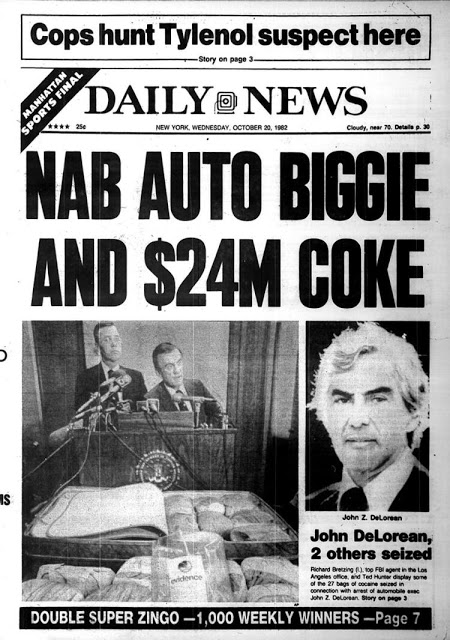
He was charged with conspiring to smuggle $24,000,000 of cocaine into the US. However, the case was dropped after DeLorean’s lawyer successfully proved that DeLorean was coerced into the deal. The undercover FBI agents had posed as genuine investors, only bringing up drugs after DeLorean began meetings. DeLorean was acquitted of all charges and with his case the term and legal precedent of ‘entrapment’ was created.
Acquitted though he may have been, DeLorean’s reputation, unlike the gleaming stainless steel of his cars, was tarnished. Putting a brave face on, he famously quipped “would you buy a used car from me?”
The DeLorean Motor Company went bankrupt in 1982, taking 2,500 jobs and $100,000,000 of investment with it. Claims were made that the company was closed for political reasons but looking at the numbers it seems unlikely. In all honesty, we’ll never really know.
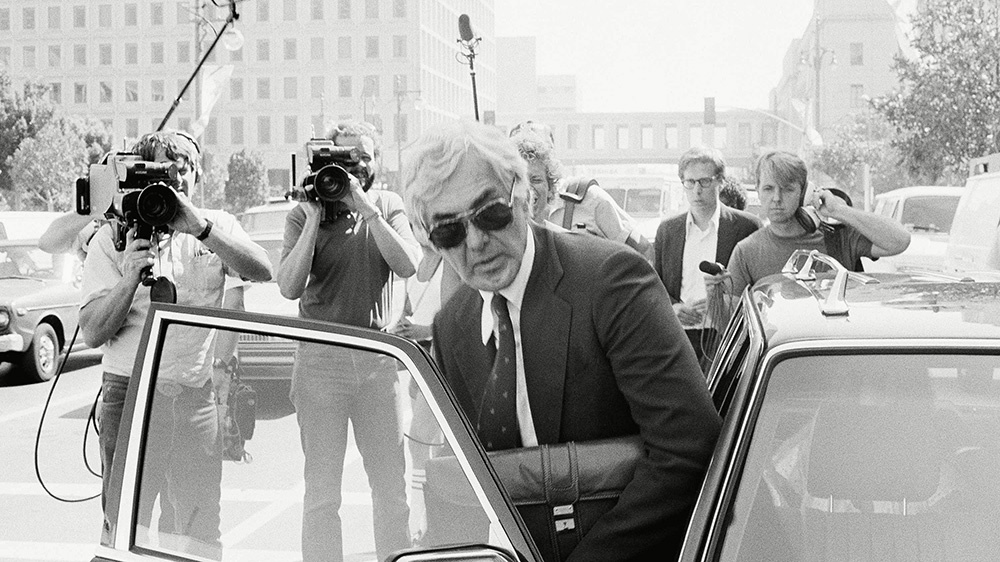
Since the company’s demise, the DeLorean name has lived on not only because of its short, but bright life, but also because it became a pop culture icon. We are of course talking about the use of a DMC 12 in 1985’s phenomenal Back To The Future movie franchise. Its futuristic image made it the perfect vehicle for the film, which was originally going to use a refrigerator as the time machine. Honestly, it was, but producers opted for a car to avoid having impressionable children trapping themselves in the fridge in a bid to get to 2015.
The car, however, and the man behind it are more than a pop culture icon. John DeLorean was charming, charismatic and brilliantly intelligent man. DeLorean, as a motor company, shouldn’t have failed. John DeLorean brought in all the right people, all the right ideas and more than enough enthusiasm. The world just wasn’t ready for it. Perhaps, in the ultimate twist of irony, it was just too ahead of its time?

